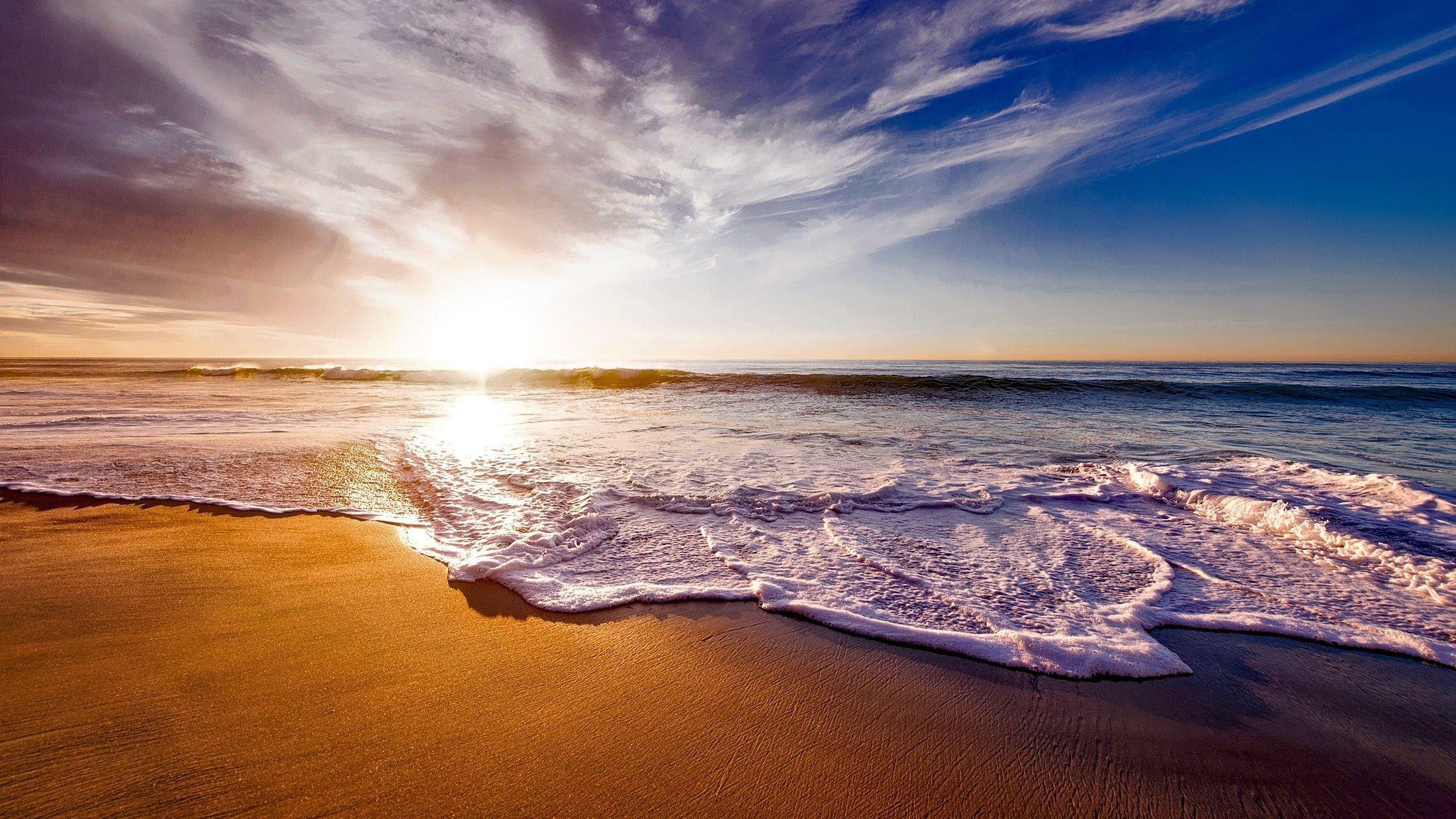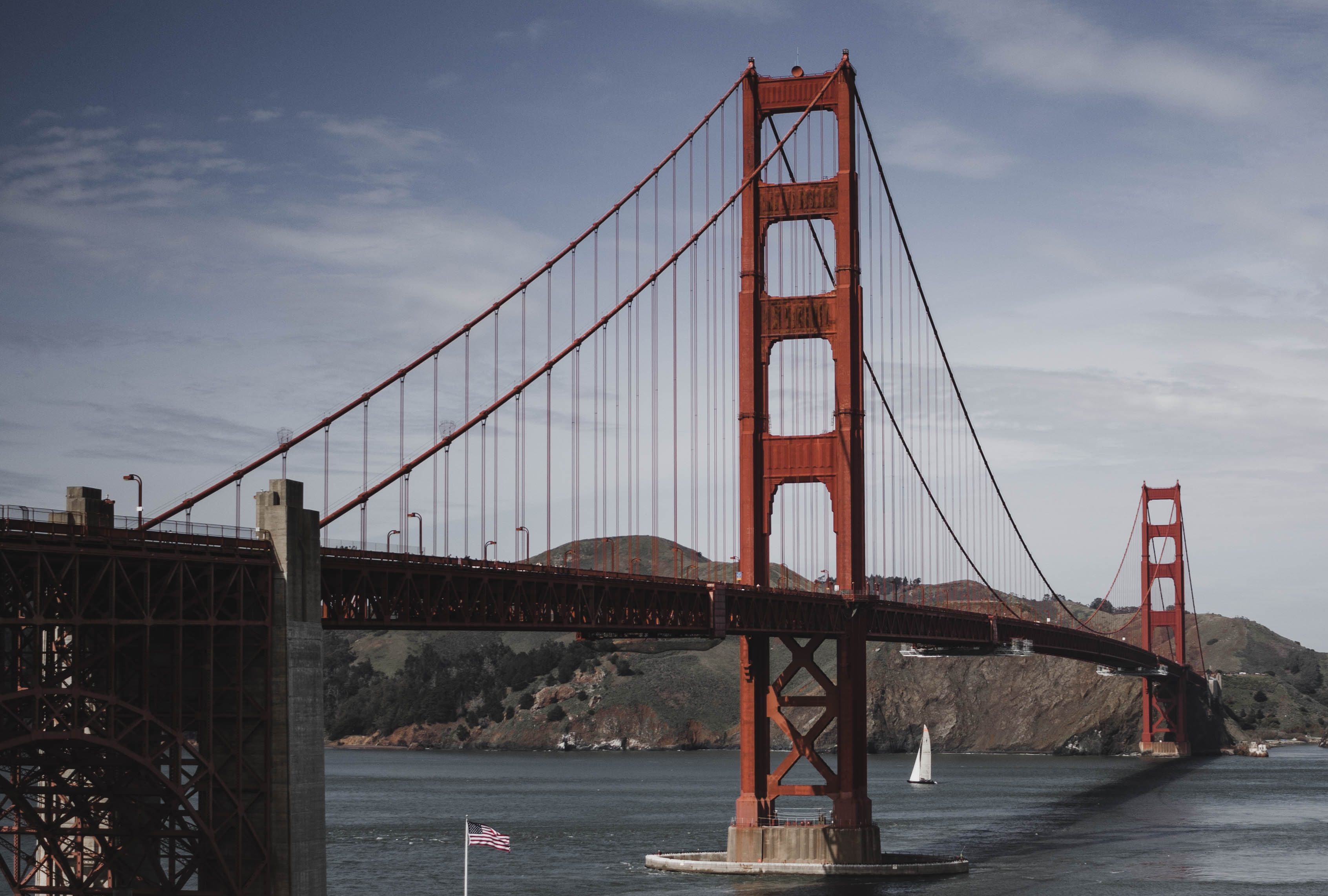


What Would It Take to Get to an 80% E-Commerce Future?
We always overestimate the change that will occur in the next two years and underestimate the change that will occur in the next ten. — Bill Gates
In some sense, VCs are in the profession of predicting the future. However, iterating from present creates a trap of linear thinking and blocks your mind from visualizing step-function changes. As a thought experiment, I wanted to parachute into a hypothetical future that seems very far and extreme at a first glance and work backwards to see what building blocks we might need for this future.
What would have to happen for e-commerce to account for 80% of retail sales?
Going back to first principles, I think two things have to be true for this to become the reality:
- Consumers can enjoy better user experience buying online vs. offline
- Companies can enjoy higher margins selling online vs. offline
There might be a temporary tradeoff between #1 and #2, but I think both of these will eventually need to be true at equilibrium for such a massive, systematic shift. For example, in certain cases consumers might endure subpar user experience in exchange for great value, but the need to offer great value will inevitably squeeze profitability more so than what a company can afford.
So what are the gaps? What innovations need to happen to close the gaps?
Better user experience buying online
When thinking through any consumer user experience, I always find examining how a user moves through the entire user journey revealing. Looking across the user journey of “buying stuff,” there are still areas that present significant experience gaps vs. offline:
Discovery
There are two ways to think about Discovery:
- Accidental Discovery— Consumer discovers a product she wants to buy that she would’ve otherwise not discovered/thought she needed. E.g. I see someone walking around in that pair of shoes and now I want them too.
- Intentional Discovery — Consumer knows she wants something from a product category (e.g. apparel, home decor, household supplies) and finds the particular product that she’d like to buy. E.g. I need a dress for a wedding next weekend so I’m going to go shop for one.
I’d argue that both forms of Discovery are pretty underwhelming with present-day Internet technology and user experience delivery. To deliver Accidental Discovery well, the “environment” within which consumers spend time for discovery needs to be both enjoyable and relevant — ideally a highly entertaining experience with products that match one’s taste but also pushes the taste boundary to bring surprise and delight (“wow I didn’t know I’d like something like this!”).
For Intentional Discovery, I think relevancy and efficiency are key (the former would be a key driver for the latter). Intentional Discovery is about getting a job done, fulfilling a functional and/or emotional need the consumer has already identified through finding the right product.
To deliver much better relevancy, we would need major advancement in how we understand human preferences (user) as well as products/objects (items) —how to codify more fluid and subjective attributes, how to derive one’s preferences across product categories without relying on vast behavioral data sets, dealing with the ever-evolving nature of one’s preferences etc. Amazon, Netflix, and Spotify are all just scratching the surface here.
We also need more creativity and innovation to make Discovery fun (scrolling through pages and pages of square product images is not fun). Maybe it’s about replicating the fun of treasure hunting at a flea market or T.J. Maxx through immersive experience (be it VR or some other UX breakthrough).
Maybe it’s about leveraging highly entertaining content format (think game show or reality TV). Or maybe it’s about redesign the offline experience that integrated into your day-to-day (vs. distinct “shopping moments”) and is multi-modal — products enhance experiences, experiences showcase products (and deliver entertainment) — while the rest of the purchase journey is done online.
Evaluation
One of the biggest weaknesses of e-commerce is that you can’t touch, feel, and try the products before you buy— when it comes to evaluating one’s purchase decision, this could matter more or less depending on categories.
Present-day photography technology does not deliver the same level of sensory details that we desire and get when we see something in-person, let along how something feels — texture, perception of weight and size, scent/flavors, and many other subtle things we notice as humans.
In theory, there are two ways to close this gap. One is through technological breakthrough to replicate the realness of “tough and feel.” My belief is that such advancement would happen in a category-specific way as what types of information matter most vary by category.
For example, for real estate it could be further advancement in VR + 3D image technology to truly replicate how it feels when you walk into an open house; for art/home decor it could be “permanent” augmented reality so you can get a sense of how it feels to have such item on your living room wall for a few days.
In a more extreme way, one can imagine technologies that can capture everything that registers when we touch an object and replicate such experience in a simulated environment.
The other way to close the gap is through better reverse logistics — letting customers touch and feel the products by shipping them a large selection, with the expectations that a large % of them would be reverted back to the warehouse. It is already common practice today for e-commerce players to offer free returns, and home try-on models like Stitch Fix and Dia&Co are specifically designed to replicate what a traditional dressing room experience offers.
However, to make reverse logistics the norm (vs. the exception) of e-commerce, it needs to become a better end-user experience while getting cheaper — which will likely involve redesigned homes to facilitate secure home pick-up (vs. having to drop off packages yourself or be home for pick-ups), serviced either by the same last-mile delivery mechanism and/or completely autonomous delivery to make such convenience feasible.
The reverse logistics also need to be extremely efficient to not tie up significant inventory at any given point in time.
Higher margin selling online
Comparing selling online vs. offline, the biggest cost structure difference is in logistics and fulfillment. I think a huge part of why e-commerce has been stuck at ~10% of retail sales is the costly nature of delivering products quickly and cheaply (especially tricky for certain categories such as groceries and furniture).
Then there’s the marketing cost of reaching customers and building brand awareness. It’s hard to imagine the current marketing playbook scaling into an 80%-e-commerce future as more brands bid for the same eyeballs.
Logistics
Despite not having to leave one’s home to buy something, customers will increasingly demand even more instant fulfillment beyond the already high expectation popularized by Amazon Prime. To delivery on-par (if not better) experience vs. shopping offline while enjoying higher margin, we need dramatically cheaper (and faster) delivery.
Across the entire logistics journey of how goods travel, last-mile is the most challenging one — fragmented final destinations, complex route optimization with many unpredictable variables (weather, traffic), and costly “last last-mile” where the delivery driver has to step out of the delivery vehicle and navigate through residential communities/buildings (and your neighbor’s dog).
To make the logistics journey in general (and last-mile specifically) cost-efficient, autonomous vehicle (AV) coupled with much smarter routing will likely have to be part of the solution. In addition to these more obvious paths, another approach could emerge that completely reimagine existing logistics paradigm as we know it today.
For example, imagine each household just receives a pre-consolidated “pallet/container” on a set cadence (e.g. 3x/week) with products pooled together from retailers (maybe everyone other than Amazon) to create some economy of scale around last-mile delivery.
The other way to tackle the logistics cost is to build a conveyer belt business. If you can win a high % of a household’s spend in a particular category, you will have a much better chance at optimizing deliveries to balance speed/delivery frequency and logistics cost per revenue dollar.
Fulfillment
Fulfillment in this context means assembling a customer’s order into a delivery from racks and racks of inventory (usually through pick-and-pack), and all other activities that happen within the four walls of a fulfillment center (e.g. inbound receiving, inventory put-away, and sometimes small-scale manufacturing).
Despite the continuous advancement in warehouse automation, many parts of the fulfillment process today still require significant amount of human intervention (and thus labor cost).
To make fulfillment more cost-effective, I believe we will need more advancement in robotic arm and object recognition technologies to mimic human’s ability to distinguish odd objects from each another, as well as the ability to quickly and delicately arrange these objects.
Both of these are actually extremely hard problems due to the breadth of product types they have to solve for. The cost of these automation technologies will also have to reduce significantly for companies to take advantage of before they get to Amazon/Alibaba scale.
Marketing
The early wisdom of the Internet is such that it’s much cheaper to reach customers directly online vs. paying for rent + staff for a fixed location and hope customers show. As more and more e-commerce players emerge and compete for the same pool of users scrolling through their Facebook/Instagram feed, the scale will inevitably tip the other way within the CAC vs. Rent paradigm.
How to break away from this paradigm? I think this is where user experience needs and cost needs converge — one way to break away from competing for the same “attention hours” is to create net new moments that are enjoyable, whether they happen digitally or physically.
Or maybe brands and products figure out a way to sensibly integrate into our physical day-to-day (think micro-showroom or contextually relevant product placement experience at scale) that Discovery/Marketing becomes pleasantly seamless.
Do I believe that this is a likely version of the future?
Yes, but I think 1) it’ll take a while (20–30 years? likely if not longer), 2) only if we can figure out the user experience piece first.
If we can make Discovery and Evaluation more enjoyable and frictionless than “going shopping” as it exists today, then I think the consumer pull will serve as the driving force for the necessary technology advancement around Logistics and Fulfillment.





